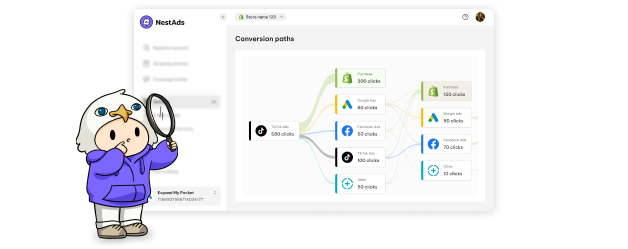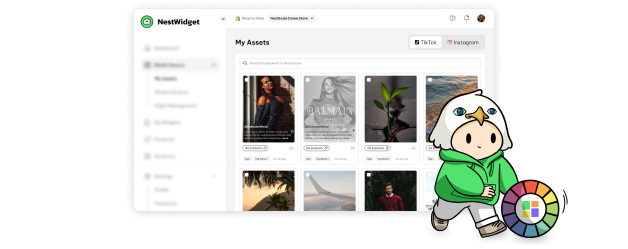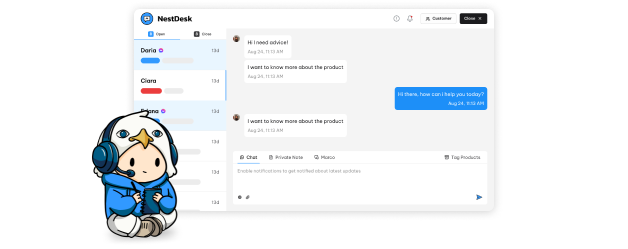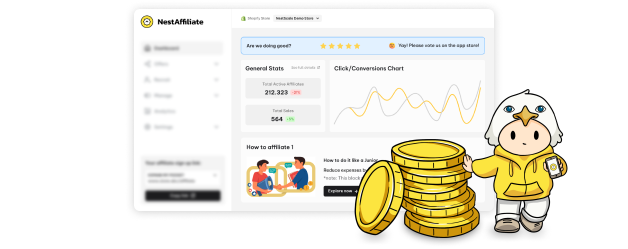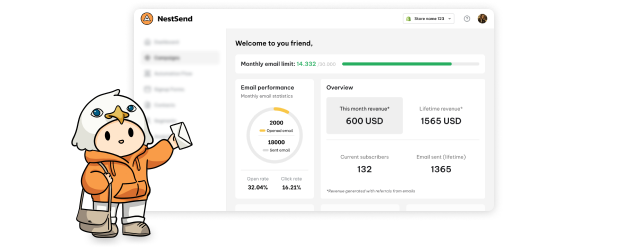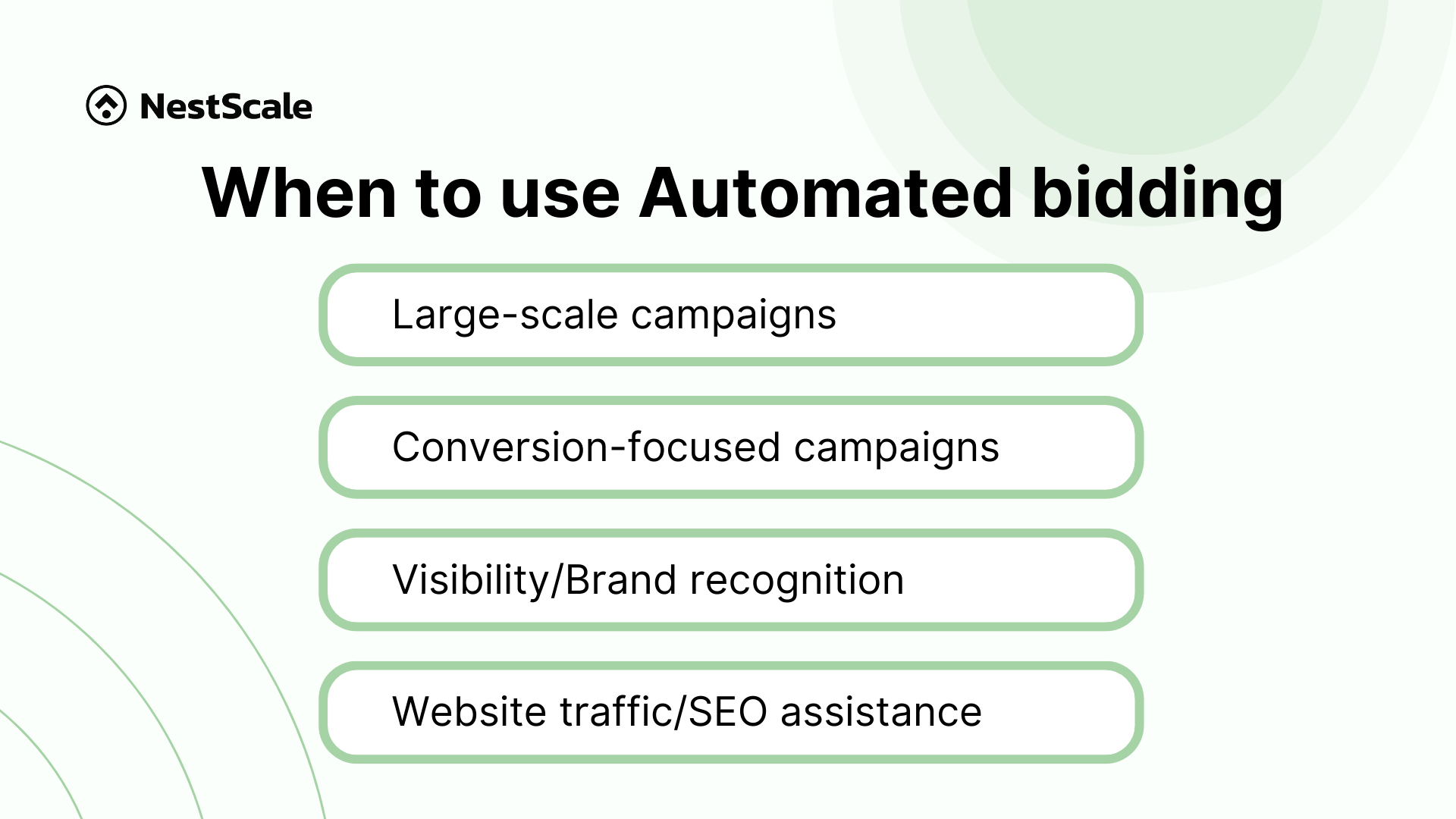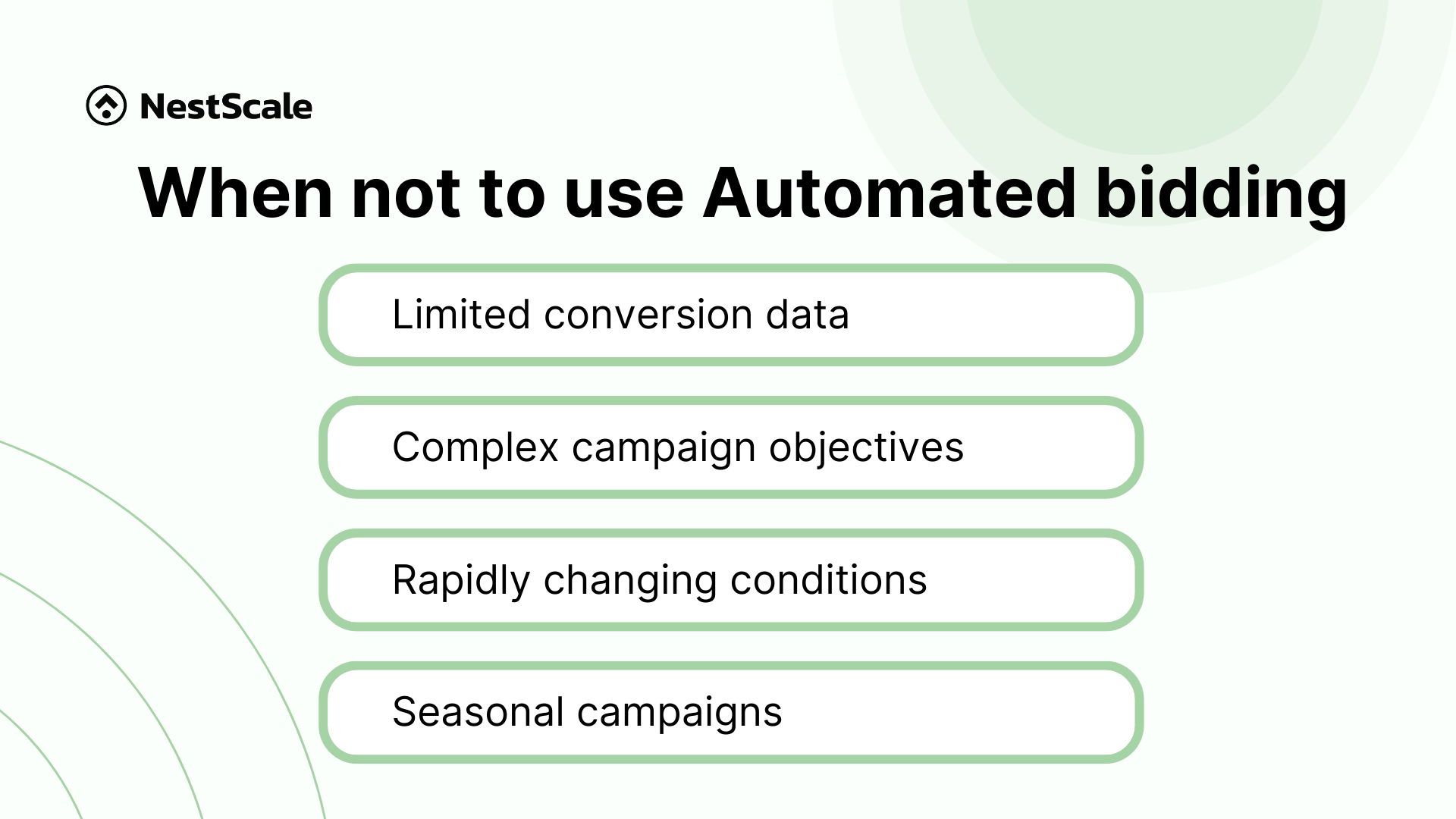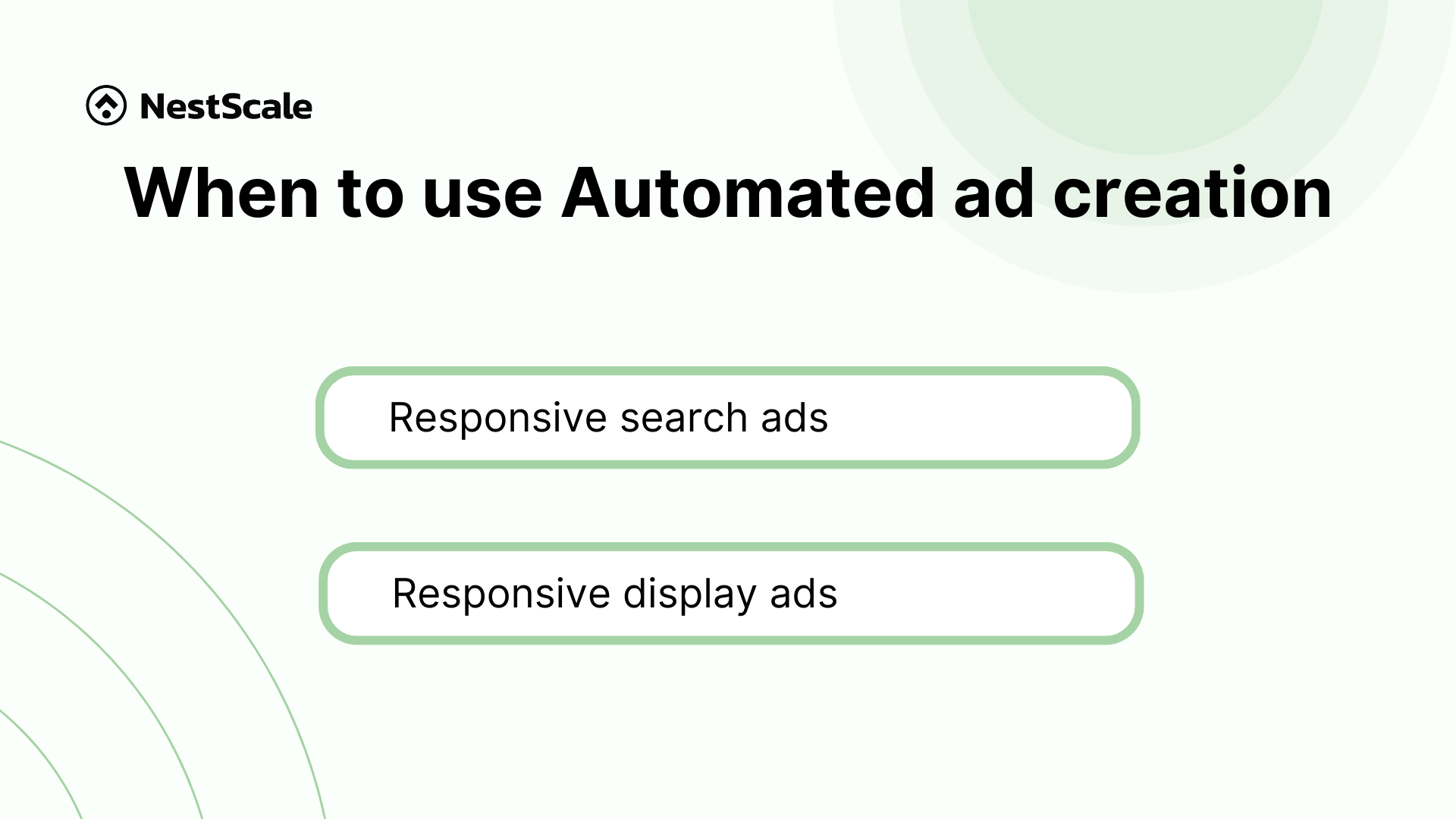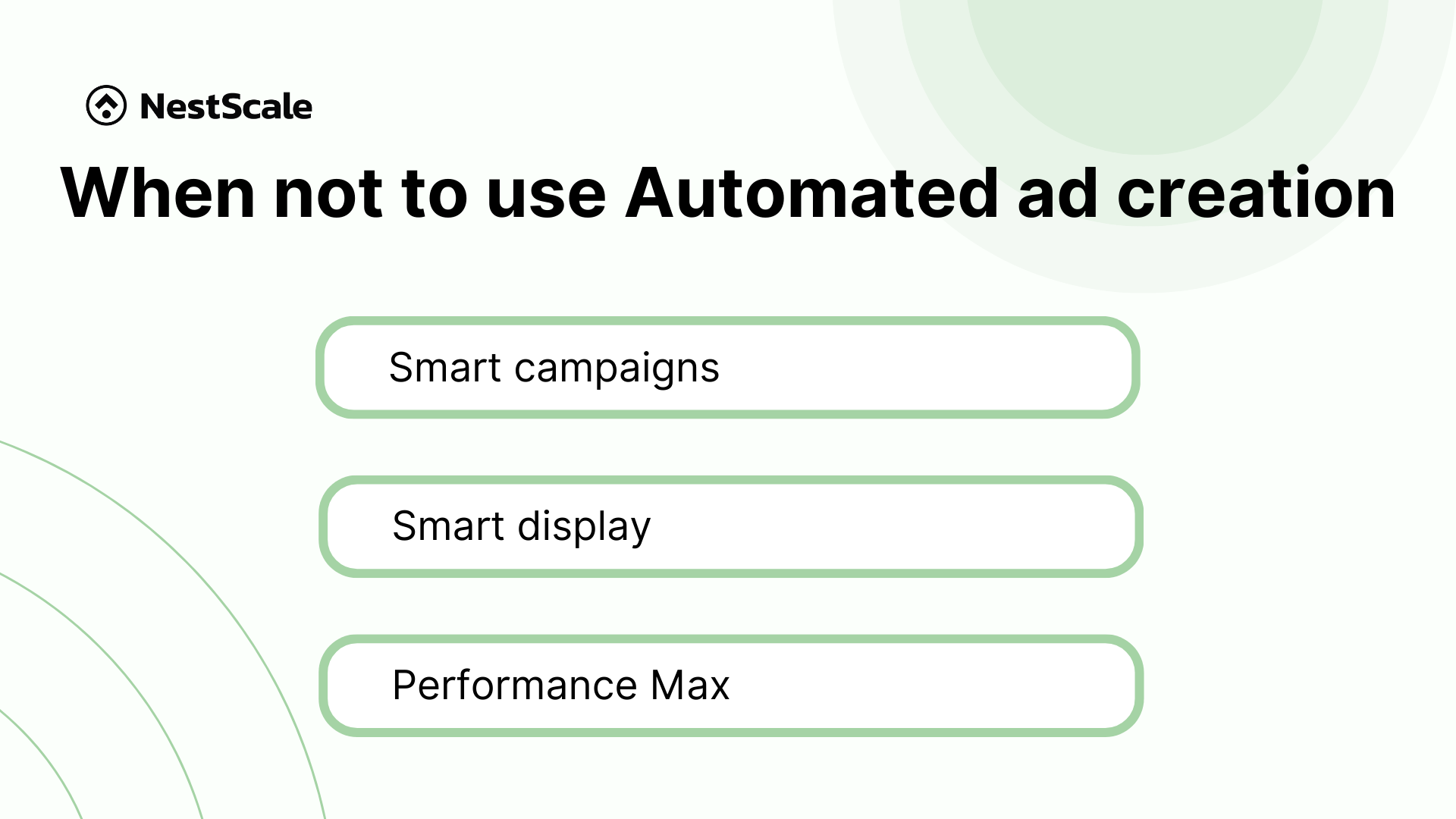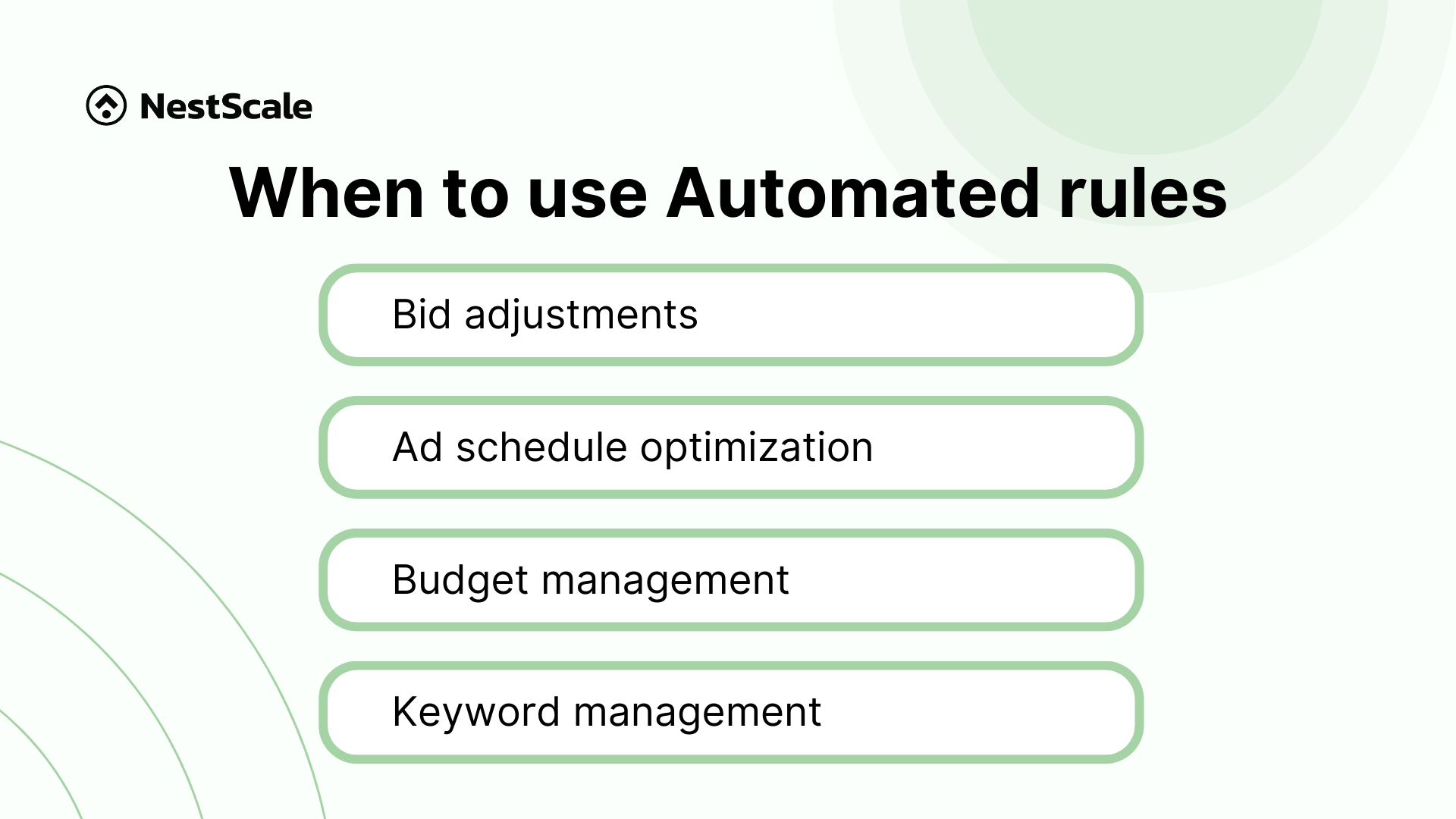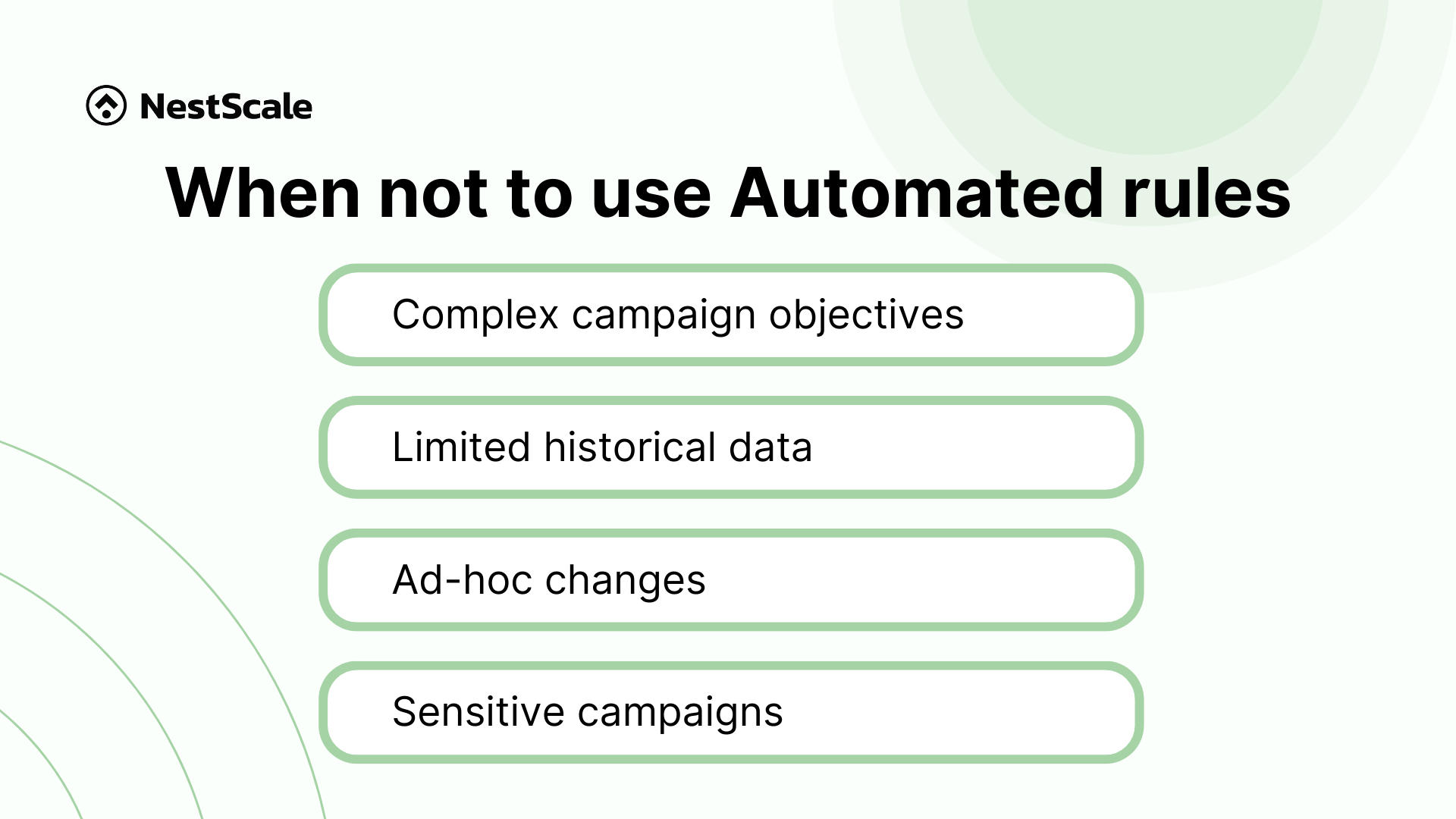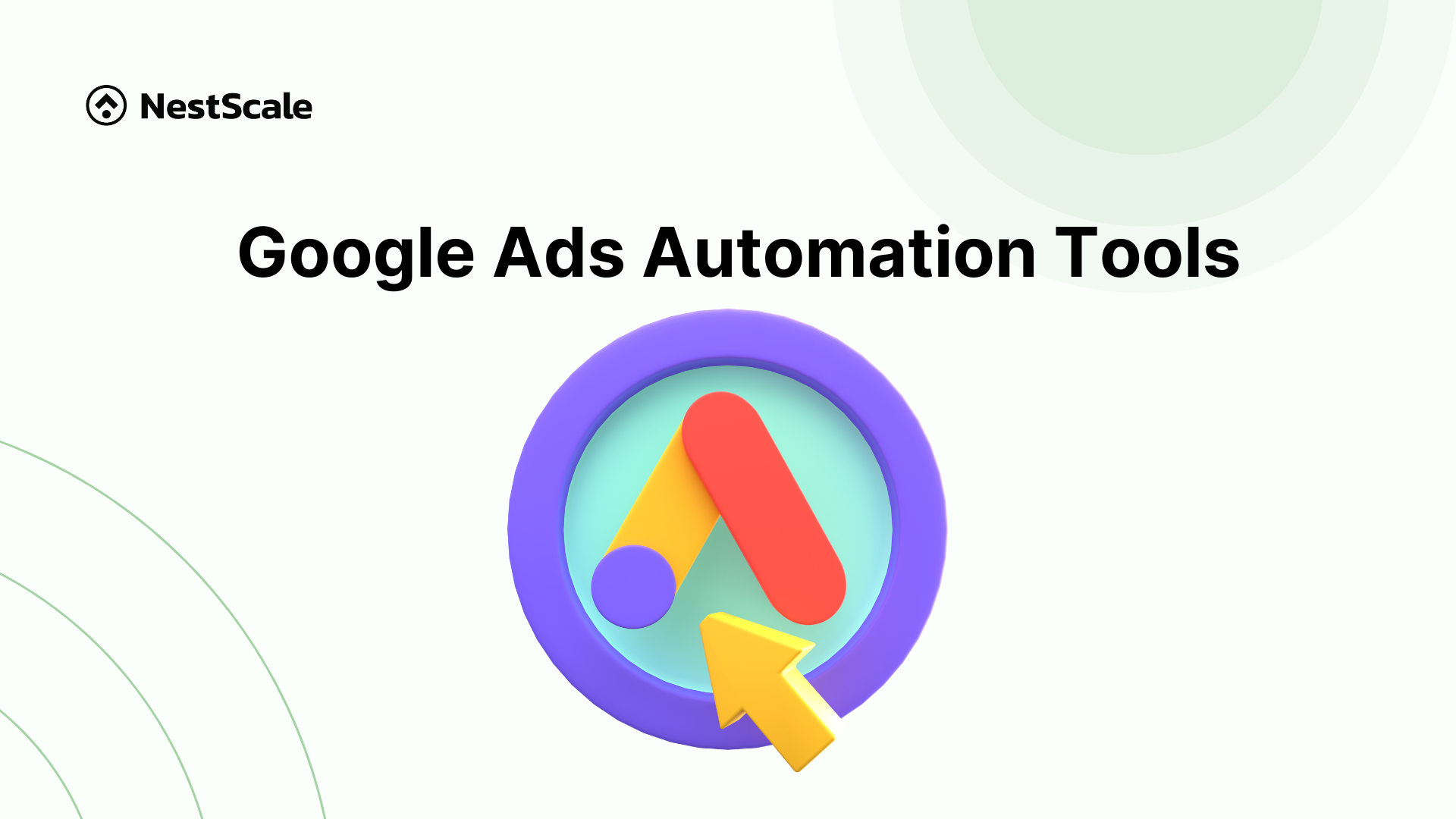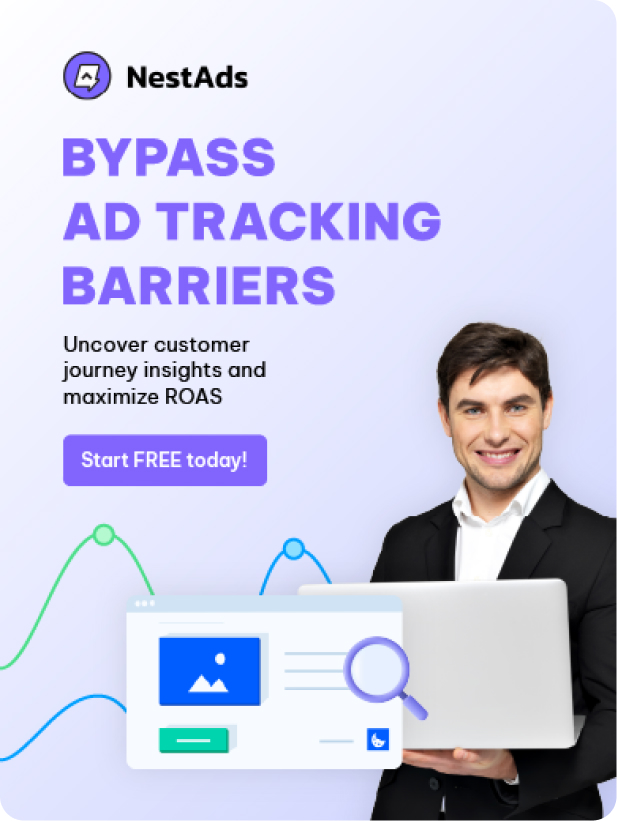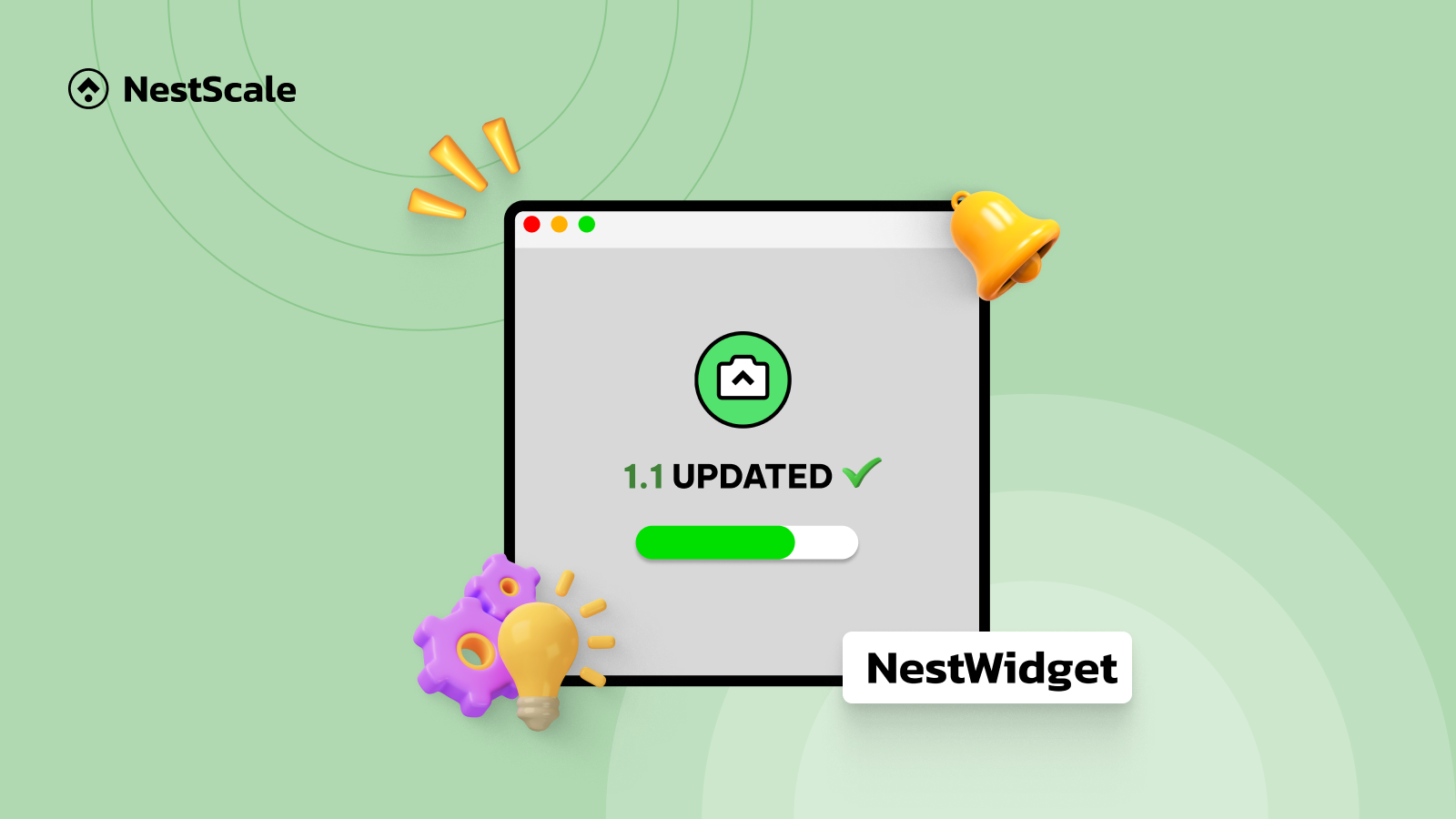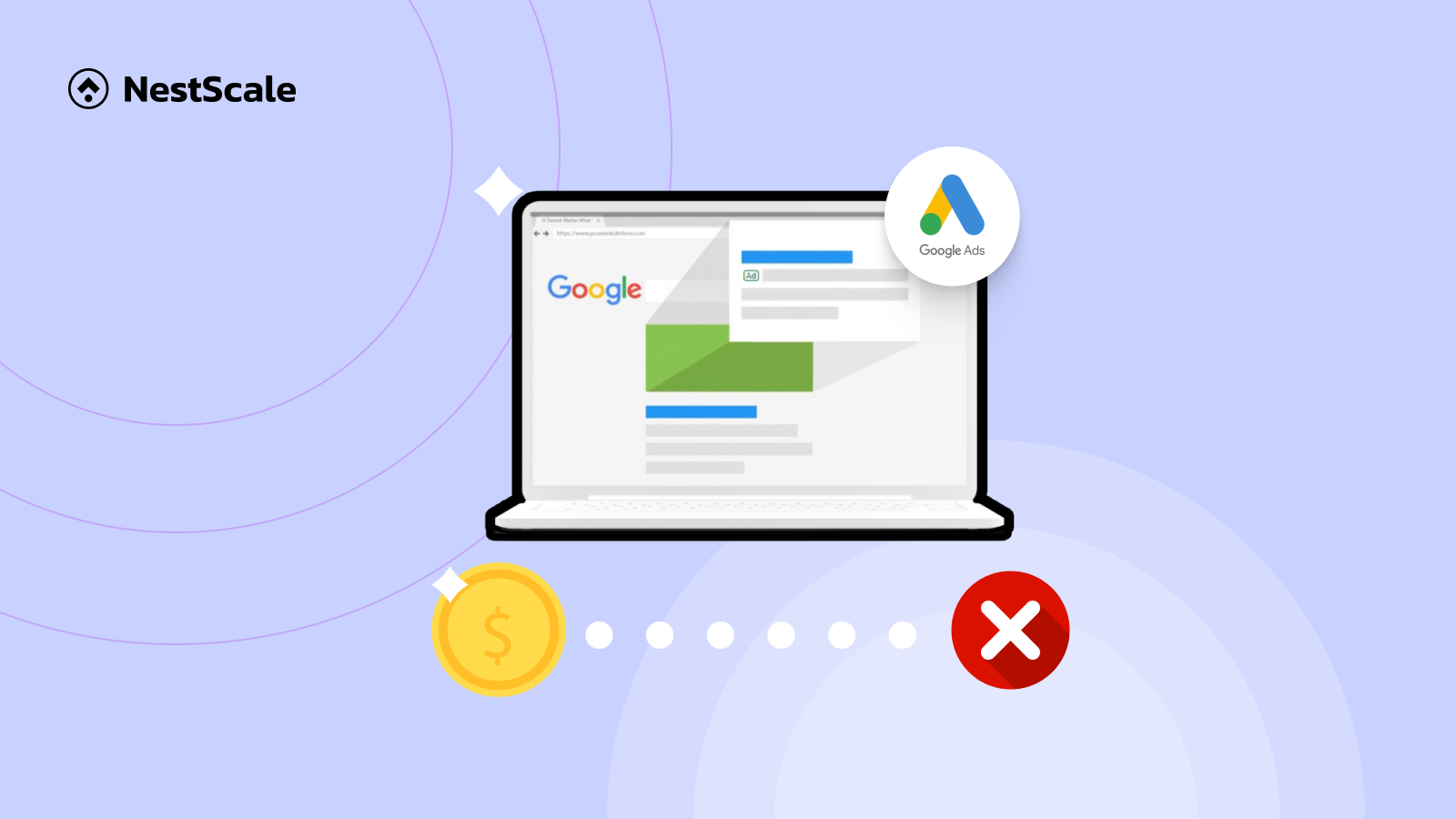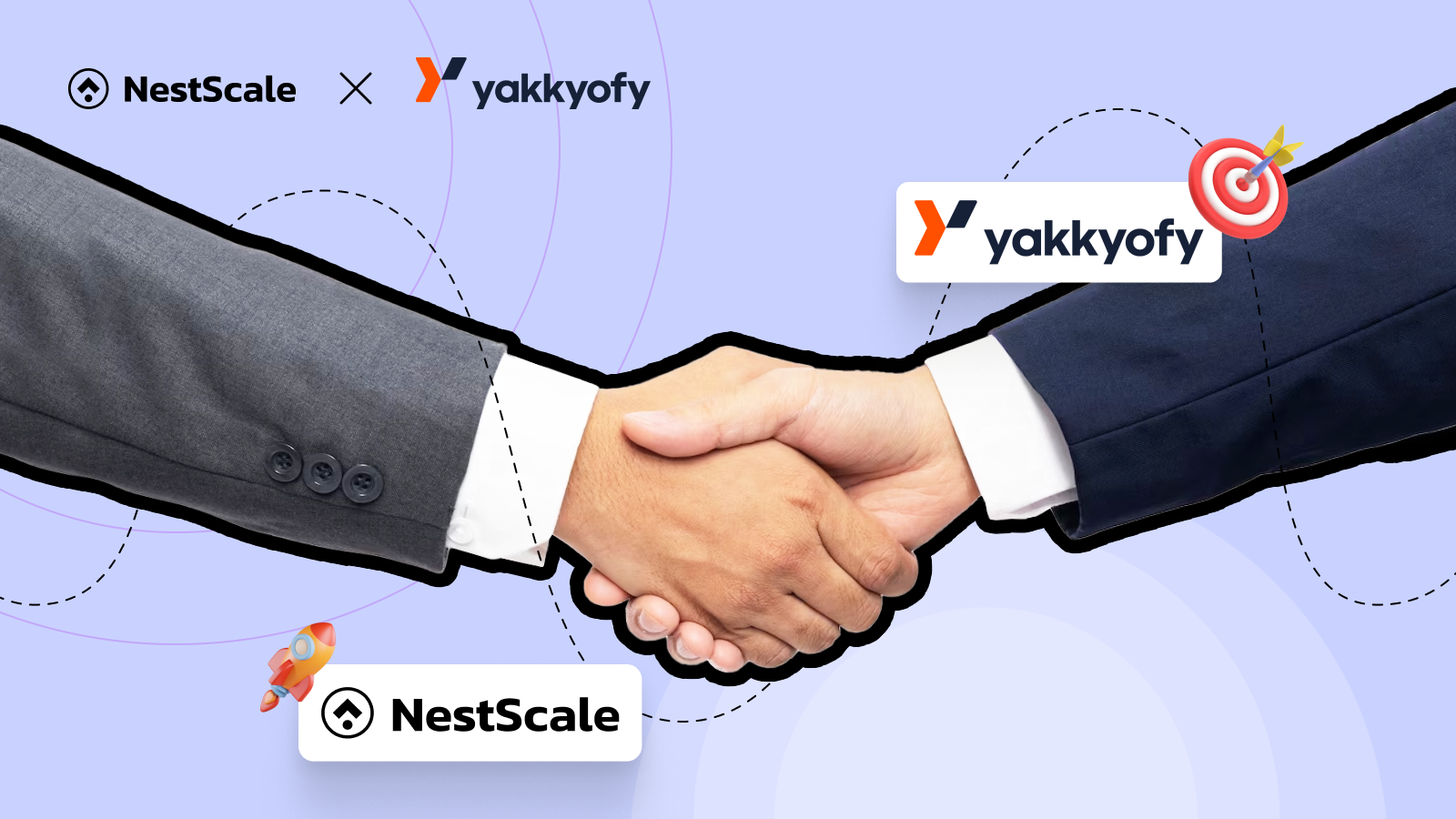Google Ads automation offers powerful tools and features to revolutionize campaign management. From bid management to ad creation, automation allows advertisers to automate tasks and make real-time adjustments for improved results.
In this article, we explore the concept of Google Ads automation, its benefits, components, and best practices for harnessing its full potential to supercharge your advertising efforts. Whether you’re a seasoned advertiser or a newcomer, this guide provides valuable insights to help you succeed in the world of Google Ads.
What is Google Ads Automation?
Google Ads automation refers to the use of technology and predefined processes to streamline and optimize various aspects of Google Ads campaigns. It involves leveraging tools provided by the Google Ads platform to automate tasks such as bidding, and campaign management.
Google Ads automation encompasses a range of functionalities, including automated bidding strategies, ad extensions, ad suggestions, and automated rules. Automation features save time, boost efficiency, and enhance campaign performance by allowing advertisers to set parameters for system adjustments based on predefined rules or algorithms.
Automated bidding adjusts bids in real-time to meet specific goals like maximizing conversions or achieving target ROAS. Automated ad extensions add extra information to ads based on content and user behavior.
Should you use Google Ads automation?
Many advertisers are hesitant to use Google Ads automation, fearing it might lead to wasteful spending. However, if used correctly, Google Ads automation can indeed yield positive results for your campaigns.
Google Ads automation leverages machine learning to enhance your ad performance. To use it effectively, you should first establish a solid foundation with your manual ad strategies, ensuring they yield satisfactory results. Automation is an advanced feature, best utilized when you’re ready to scale and refine your existing outcomes. It’s not recommended for beginners without a solid grasp of ad fundamentals or for those with limited ad spending.
In essence, ad automation is most beneficial if you:
- Have already seen strong results from your manual ad setups.
- Are looking to further improve and expand your ad performance.
- Possess a thorough understanding and experience in managing ads.
- Have a substantial budget allocated to your ad account.
- Can continuously monitor and adjust based on the automation’s performance.
3 key components of Google Ads automation
3 components of Google Ads automation streamline campaign management, improve efficiency, and optimize performance by leveraging machine learning and automation technology. Let’s explore what are they when to use and not to use them.
Automated bidding
Automated bidding refers to the use of machine learning algorithms to automatically adjust bids for ad placements based on predefined campaign goals and performance metrics. With automated bidding, advertisers can optimize their bidding strategy to achieve specific objectives, such as maximizing conversions, increasing ROAS, or maximizing clicks within a given budget.
When to use it
Automated bidding strategies in Google Ads can be highly effective depending on the specific goals of your campaign. Here’s a breakdown of when to use automated bidding strategies based on different campaign objectives:
- Large-scale campaigns: For campaigns with a large number of keywords or ad groups, manually adjusting bids can be time-consuming and challenging to optimize effectively. This automated Google Ads allows advertisers to manage bids efficiently across multiple keywords or ad groups, saving time and ensuring bids are adjusted based on real-time performance data.
- Conversion-focused campaigns: Automated bidding is well-suited for campaigns focused on driving specific actions or conversions, such as leads or purchases. Strategies like Target CPA or Maximize Conversions can help optimize bids to achieve the desired conversion volume or cost efficiency.
- Visibility/Brand recognition: When the goal is to increase brand recognition, Target Impression Share is often the preferred bidding strategy. This allows you to maintain a consistent presence on the search results page and secure top ad placements for specific terms.
- Website traffic/SEO assistance: If driving traffic for terms you’re not ranking for organically is a priority, Maximize Clicks or Target Impression Share can be effective strategies. These bidding approaches help increase clicks and impressions, driving more traffic to your site.
The decision to use automated bidding should be based on campaign goals, resources, and the complexity of the campaign. It’s essential to monitor performance closely and adjust bidding strategies as needed to ensure optimal results.
When not to use it
Knowing when to avoid automated bidding strategies in Google Ads is equally important for campaign management. Here are some scenarios where it might be best to steer clear of automated Google Ads:
- Limited conversion data: If your campaign lacks sufficient historical conversion data, automated bidding algorithms may struggle to adjust accurately. In such cases, manual bidding allows for more control and flexibility until enough data is available for automated bidding to be effective.
- Complex campaign objectives: Automated bidding may not be suitable for campaigns with intricate or nuanced objectives that standard bidding strategies cannot easily capture. In these situations, manual bidding provides greater customization and allows for more precise adjustments to align with specific campaign goals.
- Rapidly changing conditions: In dynamic industries or markets where conditions change frequently, automated bidding strategies may struggle to adapt quickly enough to optimize performance effectively. Manual bidding enables advertisers to react swiftly to market shifts and adjust bids in real-time as needed.
- Seasonal campaigns: For campaigns tied to seasonal events or promotions, automated bidding may not always deliver optimal results. Manual bidding allows advertisers to implement custom bidding strategies tailored to seasonal trends and adjust bids accordingly to maximize performance during peak periods.
Ultimately, the decision to use automated bidding should be based on careful consideration of campaign objectives, data availability, and market dynamics.
Automated ad creation
Google Ads automated ad creation involves using machine learning and data-driven insights to generate ad creatives dynamically. Tools analyze various elements, such as headlines, and images, to personalize content.
When to use it
This feature, particularly through responsive search ads and responsive display ads, can be strategically employed in Google Ads campaigns to enhance ad relevance and efficiency. When considering the use of automated ad creation:
- Responsive search ads (RSAs): RSAs offer flexibility by allowing advertisers to input multiple headlines and descriptions, which Google then dynamically combines to create ad variations tailored to individual user queries. Advertisers should invest effort in crafting compelling headlines that reflect their brand and message effectively.
- Responsive display ads: Display advertising can present challenges for advertisers lacking design expertise or resources. Responsive display ads alleviate this burden by automatically adjusting ad layouts to fit various placements across the Google Display Network. Advertisers should provide high-quality assets that accurately represent their brand and resonate with their target audience.
The feature can be utilized effectively when advertisers prioritize providing high-quality assets and crafting compelling ad copy. By leveraging automation in combination with strategic input, advertisers can streamline ad creation processes and enhance ad relevance and effectiveness in Google Ads campaigns.
When not to use it
This feature may not always be the optimal choice in certain circumstances, despite its potential benefits. Here are instances when it’s best to avoid this automate Google Ads:
- Smart campaigns: They are designed to simplify campaign management for novice users, and may not suit advertisers seeking precise control over campaign details. Successful marketing often hinges on meticulous attention to detail, making manual oversight preferable to entrusting automation with critical campaign elements.
- Smart display: They may not deliver quality leads or meet specific targeting criteria. Advertisers should exercise caution and maintain tight control over targeting parameters to avoid driving irrelevant or low-quality traffic.
- Performance Max: Despite some proponents praising its effectiveness, Performance Max campaigns have garnered mixed reviews. Combining features of responsive ads and Smart campaigns, PMax campaigns rely heavily on automation to generate ads across various Google properties.
Advertisers should carefully evaluate campaign objectives, targeting requirements, and the potential impact on campaign performance before opting for automation.
Automated rules
Automated rules empower you to enact changes within your account automatically, according to your chosen settings and conditions. This feature enables adjustments to various elements such as ad status, budget allocation, bids, and more. If you wish to increase your keyword bid, you can establish a rule to execute this action. Furthermore, automated rules offer the capability to send email notifications based on specific conditions, eliminating the need for manual intervention.
When to use it
Automated rules are a powerful feature that allows advertisers to automate specific actions based on predefined conditions. Here are some scenarios for when to use them:
- Bid adjustments: Use automation rules to automatically adjust bids based on performance metrics such as conversions, CPA, or ROAS. For example, you can increase bids for keywords with high conversion rates or decrease bids for underperforming keywords.
- Ad schedule optimization: Set up automation rules to adjust ad schedules based on performance data. You can increase bids during peak hours when CVRs are higher or decrease bids during low-converting times to optimize budget allocation.
- Budget management: Automate budget adjustments to ensure optimal budget allocation across campaigns. You can increase budgets for top-performing campaigns or pause campaigns that have exceeded their budget limits.
- Keyword management: Use automation rules to manage keyword bids and statuses based on performance metrics. Businesses can increase bids for high-converting keywords or pause keywords with low CTR to improve overall campaign performance.
Automated rules are valuable features for streamlining campaign management, optimizing performance, and ensuring timely adjustments based on predefined conditions and objectives.
When not to use it
You should consider not to use automated rules when:
- Complex campaign objectives: If your campaign objectives are highly complex or require manual intervention, automation rules may not be suitable. Complex strategies may require human oversight and customization that cannot be achieved through automated rules.
- Limited historical data: Automated rules rely on historical performance data to make informed decisions. If your campaign has limited data or is newly launched, it may be challenging to set up effective automation rules without sufficient performance insights.
- Ad-hoc changes: For one-time or ad-hoc changes that require immediate action, manual adjustments may be more appropriate. Automated rules are best suited for ongoing optimizations and repetitive tasks rather than sporadic changes.
- Sensitive campaigns: Campaigns with sensitive or high-risk objectives may not be suitable for automated rules, as they may require careful manual oversight to ensure compliance and mitigate risks.
While automated rules offer efficiency and convenience, they may not be suitable for all campaigns or situations. It’s essential to carefully consider the complexity of your campaign objectives, the availability of historical data, and your level of expertise before deciding whether to implement automation rules in Google Ads.
Benefits of Google Ads Automation
Utilizing Google Ads automation tools offers a plethora of benefits for advertisers, including:
Enhanced campaign performance
Automation tools leverage advanced algorithms and data analysis to make real-time adjustments, optimizing campaign performance based on predefined goals. By continuously monitoring and adjusting bids, ad placements, and targeting parameters, automation helps improve ad relevance, click-through rates, and conversion rates, leading to better overall campaign performance.
Time efficiency
Google Ad automation tools alleviate the burden of manual, repetitive tasks by automating them. This saves advertisers significant time that would otherwise be spent on tedious tasks like bid adjustments, ad scheduling, and keyword optimization. With automation, tasks that take days to complete manually can be executed within minutes, allowing advertisers to allocate their time more effectively to strategic planning and analysis.
Increased ROAS
Google Ads automation tools contribute to improving ROAS by optimizing campaign performance and reducing wasted ad spend. By automatically adjusting bids, pausing underperforming ads, and reallocating budgets to high-performing campaigns, these tools help advertisers achieve better financial returns on their advertising investments. This ultimately leads to a higher ROAS ratio and more effective allocation of company assets.
Scalability
Automation tools make it easier for advertisers to manage large-scale campaigns across multiple channels and platforms. Whether running campaigns targeting different geographic regions or promoting various products or services, automation streamlines campaign management processes, allowing advertisers to scale their advertising efforts more effectively.
Best practices for utilizing Google Ads Automation tools
Implementing specific practices to effectively utilize Google Ads automation is crucial for ensuring the optimal performance of your agency. Here are 5 key best practices you can begin implementing right away:
Set clear campaign objectives
Setting clear campaign objectives is essential for driving successful advertising campaigns. Start by defining specific goals and KPIs for your campaigns, such as increasing website traffic, generating leads, or boosting sales.
Tailor strategies for Google Ads automation to maximize conversions, ROAS, and CTR. By aligning your automation efforts with your campaign objectives, you can achieve better results in your campaigns.
Start with manual monitoring and optimization
By manually monitoring your campaigns, you can gain valuable insights into performance trends and patterns. Use manual adjustments to establish baseline performance metrics and understand how various factors impact campaign performance. Manual efforts lay the foundation for transitioning to automation, providing deeper campaign understanding for informed decisions.
Choose appropriate Google Ads Automation tools
These tools play a vital role in helping you swiftly and efficiently address the specific needs of your agency. By leveraging the right tools, you can alleviate pressure in certain areas of campaign management. Selecting the right tools empowers you to streamline processes, optimize performance, and achieve your advertising goals effectively.
Regularly monitor and analyze performance
By consistently monitoring performance metrics, you can identify emerging trends and pinpoint areas that may require improvement. Additionally, a thorough analysis of campaign data allows you to evaluate the effectiveness of your automation settings and make necessary adjustments to optimize performance further. By staying proactive in monitoring and analyzing performance metrics, you can automate Google Ads and ensure that your campaigns remain aligned with your objectives and continue to deliver optimal results over time.
Test and iterate
By conducting A/B tests to compare the performance of automated strategies against manual optimizations, you can gain valuable insights into which approach yields better results for your campaigns. Armed with the data, you can iterate on your automation strategies, making adjustments and refinements over time to optimize campaign performance continually.
Maximize your results with Google Ads Automation
Google Ads automation has emerged as a good optimizing tool for advertisers looking to streamline their campaign management processes, optimize performance, and achieve better results. From automated bidding strategies to ad creation and performance reporting, automation tools offer a wide range of functionalities to empower advertisers to maximize their advertising efforts efficiently.
By adopting best practices such as setting clear objectives, regularly monitoring performance, and testing and iterating on strategies, advertisers can unlock the full potential of Google Ads automated to drive success in their campaigns.
Don’t forget to track the performance of your ads after using automation regarding its profitability. And NestAds is here to help you with this. Our comprehensive ad tracking and data attribution software enables you to accurately analyze data from your advertising campaigns and uncover valuable customer journey insights. With NestAds, you can make confident, data-driven decisions to maximize your ROAS and drive sustainable business growth. Don’t let data tracking hold you back – unlock the power of NestAds today!






